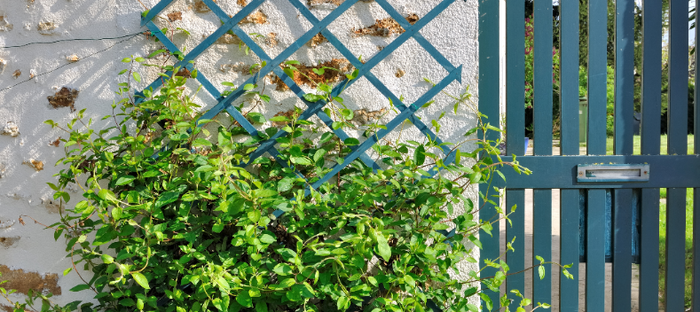Urban gardens are increasingly being recognized as vital sanctuaries for biodiversity, particularly for bees and butterflies. As natural habitats continue to diminish due to urbanization and other human activities, urban gardens serve as essential refuges for these crucial pollinators. In this essay, we’ll delve into why urban gardens are crucial for conserving bees and butterflies, and explore actionable steps individuals can take to support them.
The Importance of Urban Gardens for Bees and Butterflies:
Habitat Loss: One of the primary threats facing bees and butterflies is the loss of their natural habitats. Urbanization results in the destruction and fragmentation of green spaces, leaving these insects with limited areas to forage, nest, and reproduce. Urban gardens act as miniature ecosystems, providing food, shelter, and breeding sites for bees and butterflies.
Pollinator Decline: Bees and butterflies are essential pollinators responsible for pollinating many of the crops we rely on for food. However, their populations have been declining rapidly due to factors such as habitat loss, pesticide use, climate change, and diseases. Urban gardens offer a haven where these insects can find nectar-rich flowers and diverse plant species, helping to support their populations.
Biodiversity Hotspots: Urban gardens contribute to biodiversity conservation by hosting a variety of plant species, which in turn attract a diverse array of pollinators. By cultivating native plants and creating habitats conducive to pollinators, urban gardeners play a crucial role in maintaining biodiversity in urban environments.
Education and Awareness: Urban gardens serve as educational resources, raising awareness about the importance of pollinators and the role individuals can play in supporting them. These spaces provide opportunities for people of all ages to learn about the lifecycle of bees and butterflies, the plants they depend on, and the threats they face.
How You Can Help:
Plant Pollinator-Friendly Gardens: Whether you have a small balcony or a spacious backyard, you can create a pollinator-friendly garden by planting a variety of native flowers, herbs, and shrubs. Choose plants with different blooming periods to provide continuous food sources for bees and butterflies throughout the year.
Avoid Pesticides: Chemical pesticides are harmful to bees, butterflies, and other beneficial insects. Opt for organic gardening methods and natural pest control alternatives to minimize pesticide use in your garden. Encourage others in your community to adopt pesticide-free practices as well.
Provide Nesting Sites: Bees and butterflies require suitable nesting sites to lay their eggs and raise their young. Incorporate features like bee hotels, butterfly houses, and native bee nesting blocks into your garden to provide shelter for these insects. You can also leave patches of bare ground for ground-nesting bees.
Support Urban Green Spaces: Advocate for the preservation and creation of urban green spaces in your community. Join local initiatives aimed at conserving parks, community gardens, and roadside verges, which serve as vital habitats for bees, butterflies, and other wildlife.
Educate Others: Share your knowledge about the importance of pollinators and the steps individuals can take to support them. Organize workshops, seminars, or community events focused on bee and butterfly conservation. Encourage schools, businesses, and local authorities to incorporate pollinator-friendly practices into their landscaping efforts.
Get Involved in Citizen Science: Participate in citizen science projects focused on monitoring bee and butterfly populations. By recording observations of these insects in your garden or local green spaces, you can contribute valuable data to scientific research and conservation efforts.
Create Wildlife Corridors: Connect urban gardens and green spaces to form wildlife corridors that allow bees and butterflies to move freely between habitats. Plant native vegetation along corridors such as riversides, railway embankments, and road verges to create uninterrupted pathways for pollinators.
Support Pollinator Initiatives: Join or support organizations dedicated to pollinator conservation. Donate to beekeeping associations, butterfly conservation groups, or urban gardening initiatives that work to protect and promote the welfare of bees and butterflies in urban environments.
In conclusion, urban gardens play a crucial role in conserving bees and butterflies by providing essential habitats, food sources, and educational opportunities. By planting pollinator-friendly gardens, avoiding pesticides, providing nesting sites, and supporting urban green spaces, individuals can contribute to the conservation of these vital insect species. By taking action at the local level and raising awareness within our communities, we can help ensure a thriving future for bees, butterflies, and the ecosystems they support.



